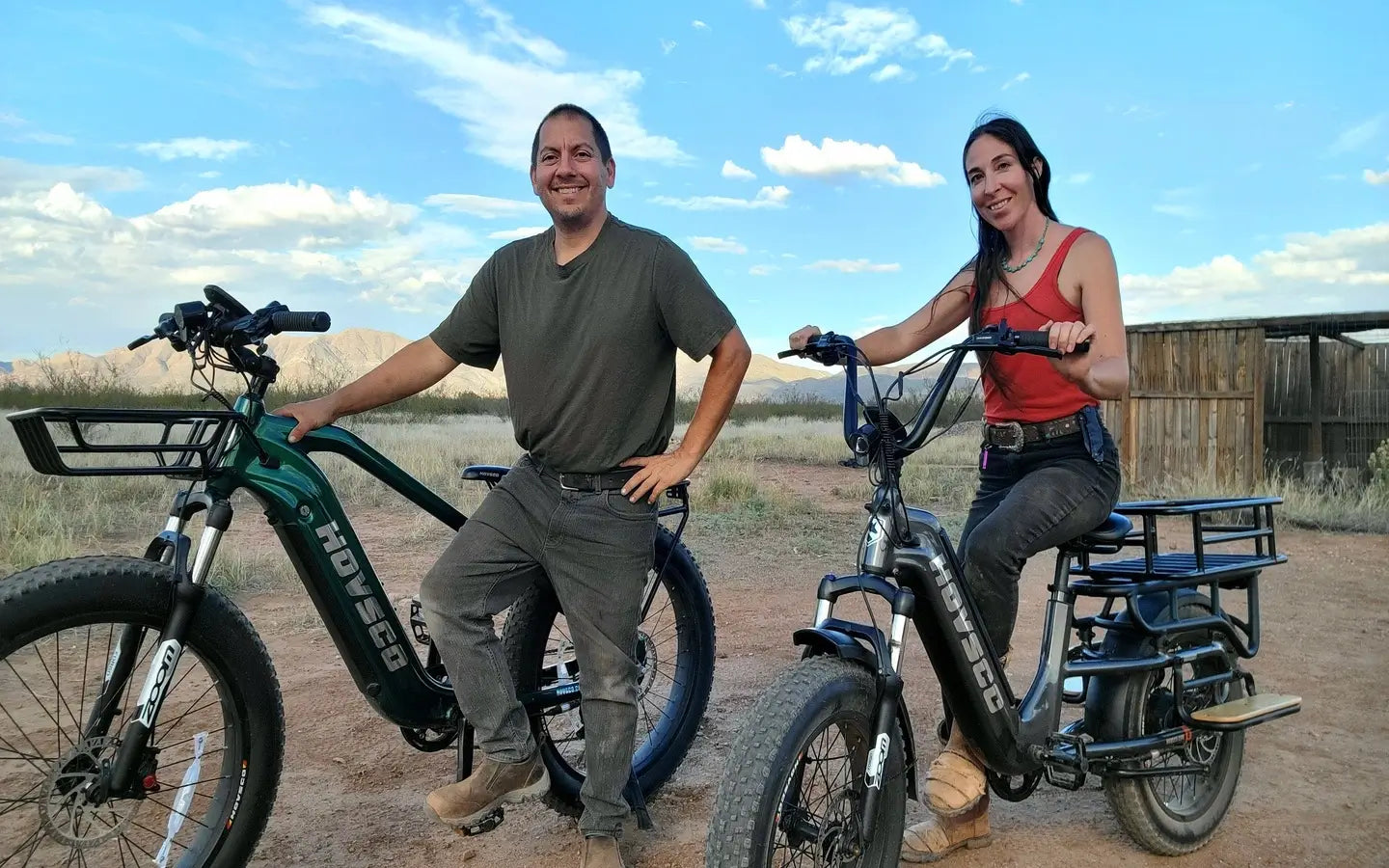
- by LiuJiazhu
Which Motor Is Better for Hilly Terrain? 250W vs 500W E-Bike Motor
- by LiuJiazhu
For hilly terrain, a 500W motor is generally better than a 250W motor because it provides higher torque and more power, enabling easier and more efficient hill climbing. The 500W motor delivers up to 45 Nm or more of torque, which helps maintain speed and reduce rider effort on steep inclines, while the 250W motor often struggles with steep hills and heavy loads.
The fundamental difference between 250W and 500W motors lies in power output and torque. A 500W motor produces significantly more torque—often between 45 to 65 Nm—compared to 250W motors, which typically produce around 35 to 40 Nm. This increased torque translates directly into better hill-climbing ability, allowing riders to ascend steep grades with less pedaling effort. Conversely, 250W motors are more suitable for flat or gently rolling terrain where less power is needed.
Chart: Torque and Hill-Climbing Capability Comparison
| Motor Power | Typical Torque (Nm) | Hill Grade Capability (%) | Ideal Terrain |
|---|---|---|---|
| 250W | 35-40 | Up to 10-15 | Flat to moderate hills |
| 500W | 45-65 | Up to 20-25 | Steep hills and rough terrain |
Riders who weigh more or carry additional cargo benefit from a 500W motor’s extra power. Heavier riders (200 lbs and above) or those hauling groceries, gear, or trailers find that a 500W motor maintains speed and reduces strain on the rider. A 250W motor may slow down significantly under these conditions, requiring more physical effort to climb hills or maintain pace.
While wattage indicates power output, torque measures the rotational force that actually propels the bike uphill. High torque motors, especially mid-drive systems, leverage the bike’s gears to multiply force, making climbs smoother and more efficient. For example, a mid-drive 500W motor with 85 Nm torque can outperform a higher wattage hub motor by better utilizing gear ratios and maintaining traction on steep grades.
A 500W motor consumes more battery power than a 250W motor, especially during sustained hill climbs, which can reduce overall range per charge. Riders prioritizing longer distances on flat terrain may prefer a 250W motor for its energy efficiency. However, for hilly terrain, the trade-off in battery life is often worthwhile for the improved climbing performance and reduced rider fatigue.
Chart: Battery Consumption vs Motor Power
| Motor Power | Battery Consumption | Typical Range per Charge (Miles) | Best Use Case |
|---|---|---|---|
| 250W | Lower | 40-60 | Flat terrain, longer rides |
| 500W | Higher | 30-50 | Hilly terrain, heavier loads |
Mid-drive motors with 500W to 750W continuous power and high torque (≥85 Nm) are optimal for hilly terrain because they efficiently convert battery energy into climbing force while using the bike’s gears. Hub motors with 500W or more can also work but tend to drain batteries faster on sustained climbs and provide less efficient torque delivery. Torque sensors on mid-drive motors respond instantly to pedal pressure, improving hill climbing responsiveness.
Many regions cap e-bike motor power at 250W or 500W for street-legal use. While 250W motors comply with stricter regulations and are lighter and more energy-efficient, 500W motors offer the power needed for hilly terrain and heavier riders. Riders should balance local laws, terrain demands, and desired riding experience when selecting motor power.
When purchasing an e-bike or motor for hilly terrain, consider the following:
Choose a 500W motor or higher for frequent hill climbing or carrying heavy loads.
Prefer mid-drive motors with high torque ratings (≥85 Nm) for efficient climbing and gear leverage.
Check the motor’s maximum grade rating to avoid overloading and premature wear.
Consider battery capacity and range; larger batteries support higher power motors for longer rides.
Verify local regulations regarding motor wattage to ensure compliance.
Test ride different motor types to assess comfort and performance on hills.
"HOVSCO’s research confirms that a 500W motor strikes the ideal balance for hilly terrain, delivering robust torque and reliable power without excessive battery drain," says a HOVSCO product specialist. "Our designs focus on integrating high-torque mid-drive motors that optimize climbing efficiency and rider comfort, especially for urban and off-road hill environments. We recommend riders carefully assess their terrain and weight needs to select the motor that best fits their lifestyle."
Q: Can a 250W motor handle hills?
A: Yes, but only gentle slopes up to about 10-15%. Steeper hills will require more pedaling effort and may slow you down.
Q: Is a 500W motor legal everywhere?
A: Not always. Some regions limit e-bike motors to 250W or 500W for street use. Check local laws before purchasing.
Q: Does a higher wattage motor mean faster speeds?
A: Generally yes, a 500W motor can reach speeds up to 25 mph compared to 15-20 mph for 250W motors, especially on hills.
Q: How does rider weight affect motor choice?
A: Heavier riders benefit from 500W motors for better hill climbing and maintaining speed, while lighter riders may find 250W sufficient.
Q: What type of motor is best for hills, mid-drive or hub?
A: Mid-drive motors are preferred for hills due to better torque delivery and gear leverage, making climbs smoother and more efficient.
Share:
Why Choose HOVSCO 1500W Moped-Style?
How To Maintain HOVSCO 1500W Electric Bike?